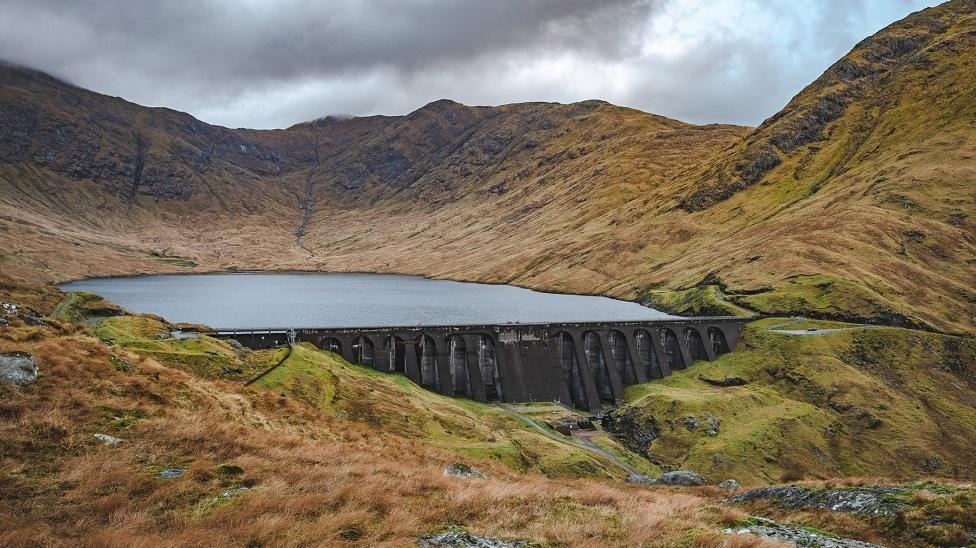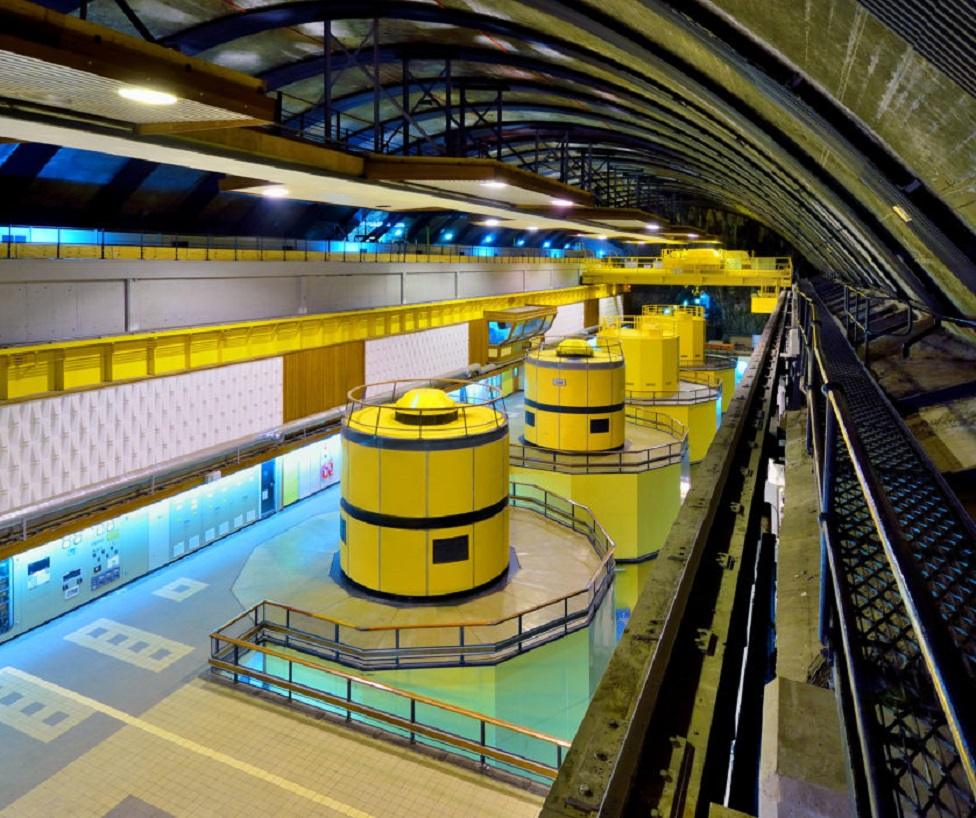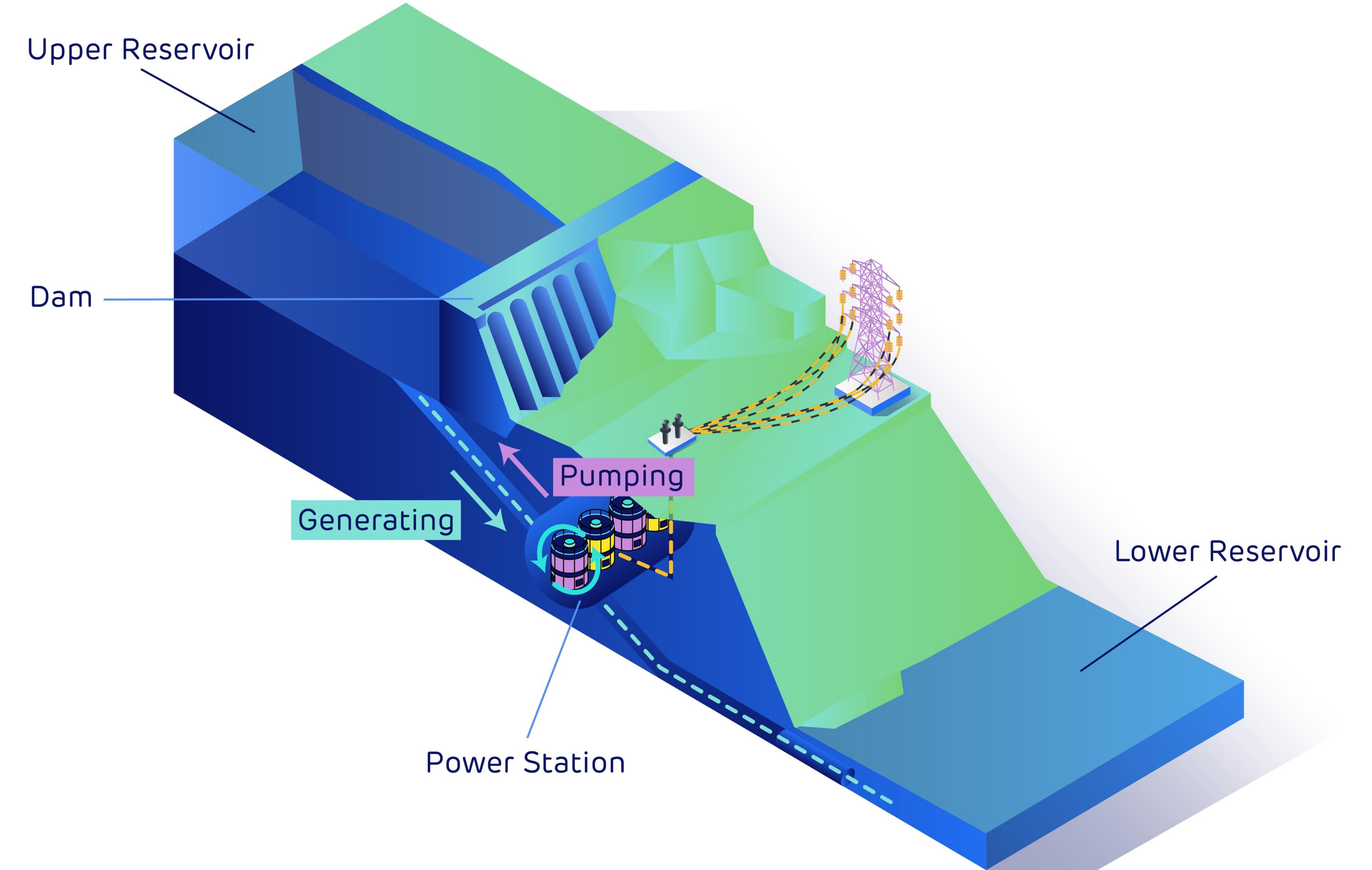New Hollow Mountain energy scheme plans submitted
- Image source, Drax

Image caption, A planning application has been submitted to expand a hydro-electric power complex at Ben Cruachan in Argyll and Bute.
1 of 3
- Published
A planning application has been submitted to construct a new underground hydro-electric power station at Hollow Mountain in Argyll and Bute.
Renewable energy developer Drax has proposed building the complex at its Ben Cruachan site, where it already has an existing underground power facility.
The company has sent its application to the Scottish government and work could start in 2024 if the plans are approved.
Drax said the process of securing consent from the Scottish government could take about a year.
It also said the project - which could see the first renewable power scheme of its kind in the UK in more than 40 years - would need support from the UK government before it could go ahead.
Drax hopes to have the scheme operational by 2030.
Big Ben
The existing underground power station was opened by the Queen in 1965.
At the time, it was the first large-scale reversible turbine storage energy project of its kind in the world.
It is housed within a huge cavern dug out inside Ben Cruachan, which is nicknamed Hollow Mountain because of the project.
The new plans would more than double the facility's generating capacity to more than 1GW, and involve excavating about two million tonnes of rock.
The new hollowed-out cavern would be large enough to fit the 96m (315ft) high Big Ben tower on its side.
Cruachan is a pumped hydro storage scheme and one of only four in the UK.
The others are Foyers on the shores of Loch Ness and Dinorwig in Snowdonia and Ffestiniog in Gwynedd, both in Wales.
The schemes involve two bodies of water at different heights.
The water flows from one to the other through tunnels, passing through a power station inside a cavern which has been created by hollowing out part of the mountain.
When there is low demand for electricity from consumers and/or when surplus power is available from wind farms, electricity is used to pump water from the lower level to fill a reservoir further up the hill.
Related topics
- Published17 March 2022


